From the stone age to the medieval era
Ravindra Joshi / Photos : Ravindra Joshi
Source - http://www.dnaindia.com/pune/slideshow_from-the-stone-age-to-the-medieval-era_1691295#top
The Deccan College’s archaeology department has been carrying out archaeological explorations and excavations under the guidance of faculty HD Sankalia since its inception in 1939. Today, the museum has grown into 10 galleries and houses artefacts right from the stone age period to the medieval era, which throw light on the archaeology and history of the peninsular India. Lensman Ravindra Joshi traces history of the relics

A four-legged quern, that is part of the early historical gallery, which also has antiquities such as pottery, beads, coins, copper and iron objects discovered from Maheshwar, Dwarka, Nasik, Nevasa, Kahali-Brahmapuri, Bhon, Paturda, Siddhapur and Chaul. One of the prized collections of this gallery is beautiful handmade chaitya model of terracotta from Nevasa
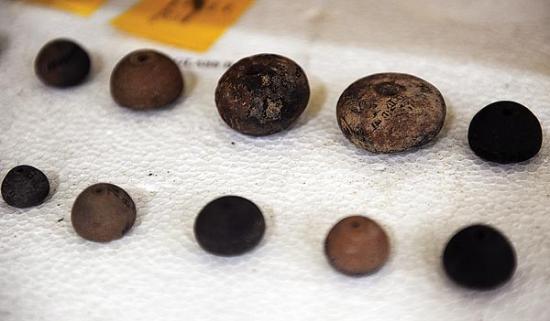
Terracotta beads
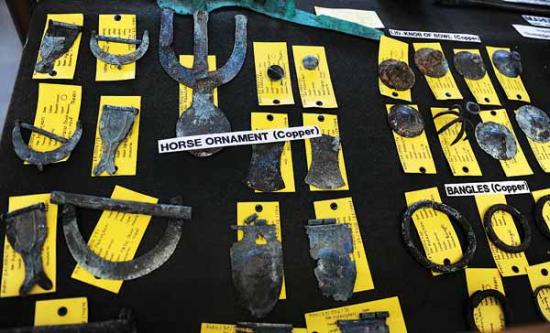
Horse ornaments along with axes, hoes, chisels, gold ornaments, pottery, stone objects and a large number of copper and iron objects, which were discovered in Vidarbha region, are displayed at the megalithic gallery. It also has a painting depicting the social life of the megalithic Vidarbha

Pots belonging to the Harappan civilisation (2500 BC to 1800 BC)
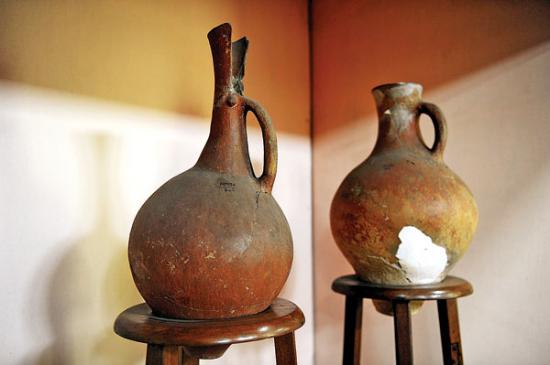
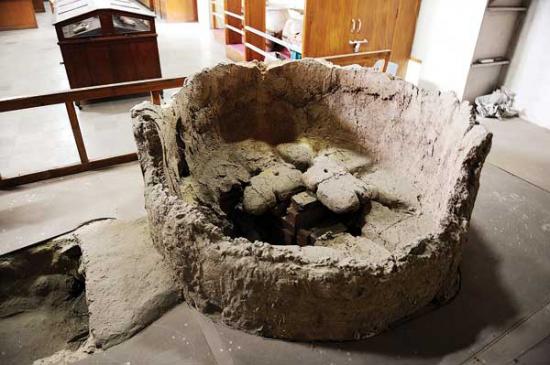
The pottery baking kiln discovered at Inamgaon, near Pune is a prized possession of the college. The kiln belongs to the late Jorwe period (1,000 BC)
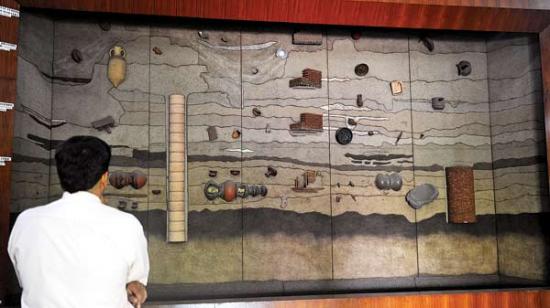
A model of Nevasa site portrays life from the prehistoric to the medieval period
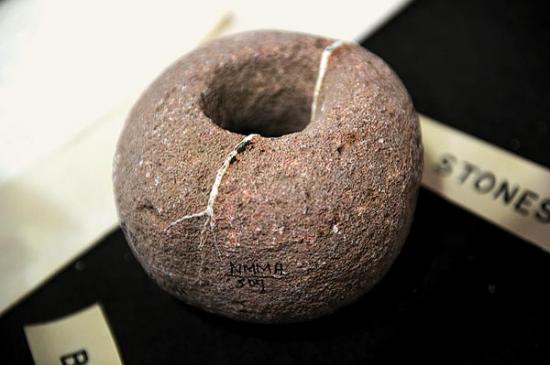
A hammer stone from the mesolithic age, which was used to make and sharpen tools
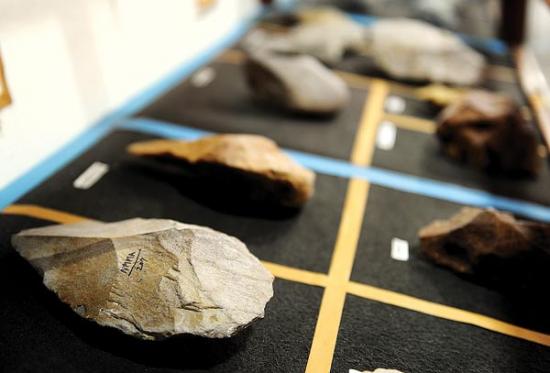
A hand-axe, chopper and cleaver from the lower Palaeolithic culture which are about 12 lakh years old. Such tools were used for hunting, cutting and other purposes
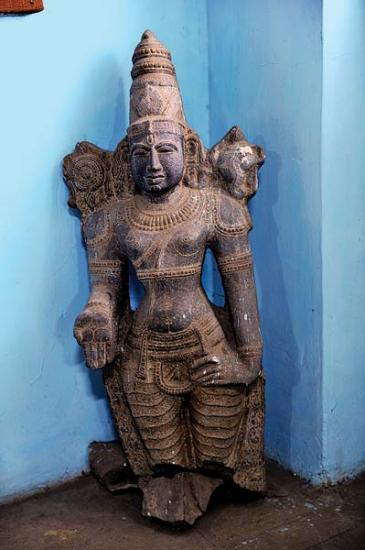
A Vishnu statue dating back to 10 BC